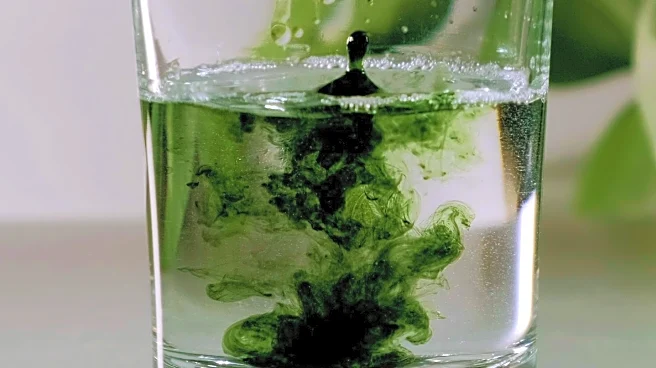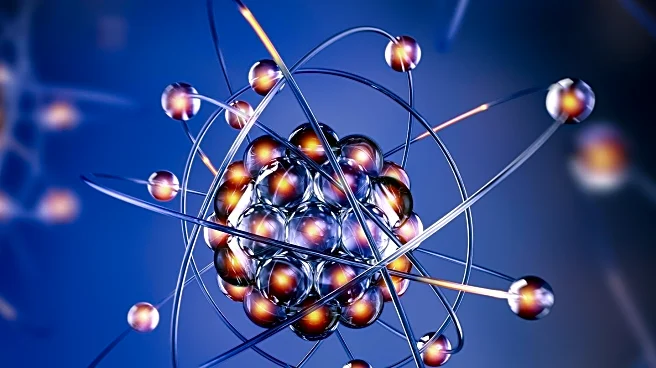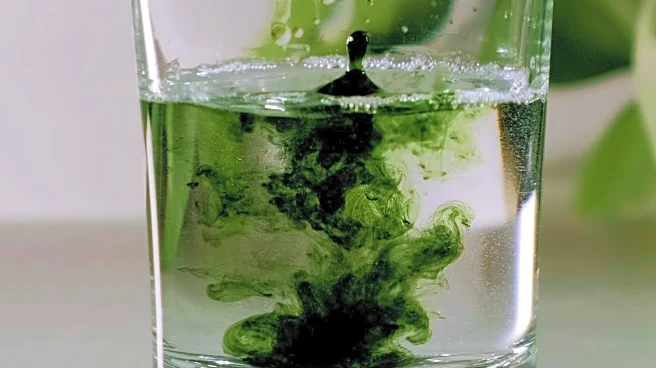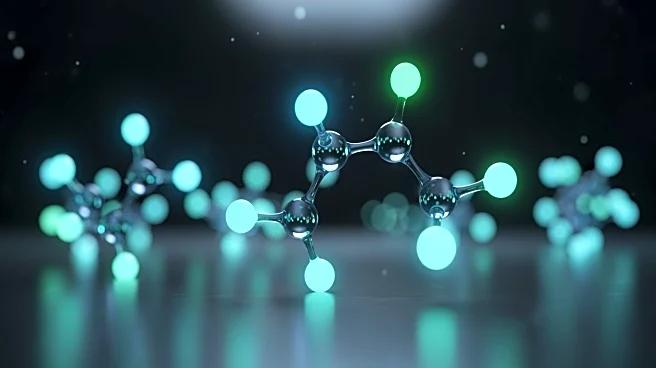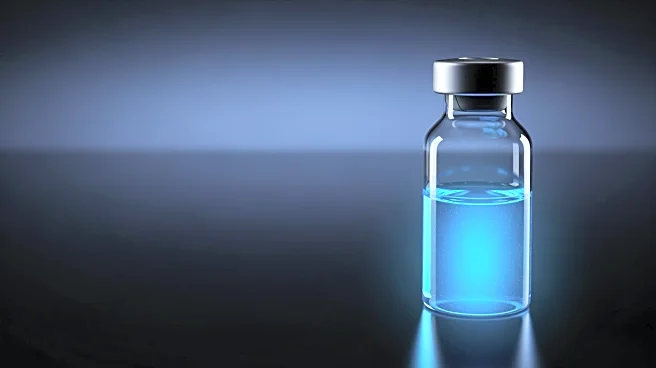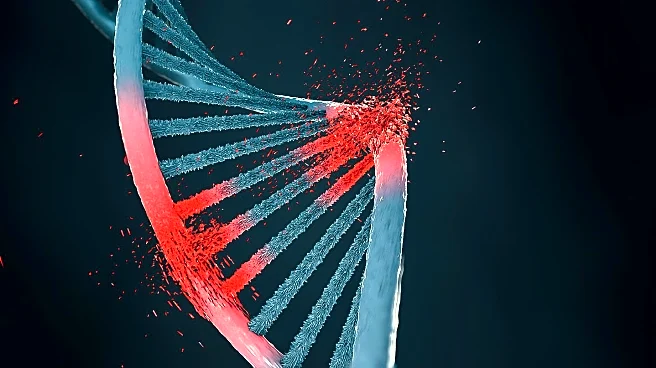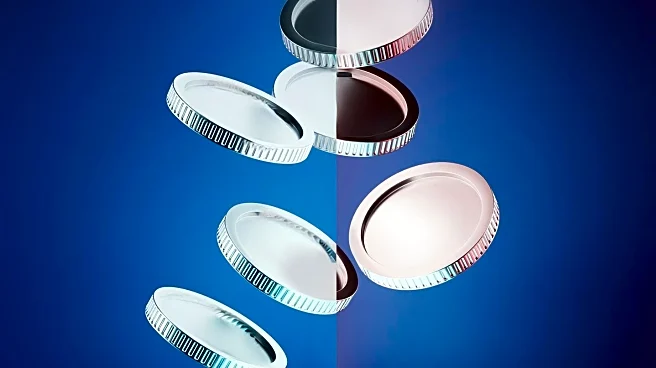What's Happening?
Biophysicist Andreas Kalcker presented his research on chlorine dioxide (ClO₂) as an 'electromolecular regulator' of disease during a medical roundtable in September 2025. Kalcker, who has studied the
compound for over two decades, proposes using ClO₂ as a targeted agent to address energetic failures underlying diseases. He emphasized that illness is not merely pathogen overgrowth but involves an energetic low-voltage terrain where oxidative therapies can restore order. Kalcker highlighted the potential applications of chlorine dioxide in infections, chronic inflammation, and oncology, stressing the need for precise preparation and medical supervision. He explained that chlorine dioxide operates at a lower redox potential, allowing targeted oxidation without cellular injury, and behaves similarly to the immune system's oxidative burst.
Why It's Important?
Kalcker's presentation on chlorine dioxide as an electromolecular medicine could have significant implications for medical treatments. By reframing oxidation as an electrical process, this approach may offer new therapeutic avenues for conditions like infections and chronic inflammation. The potential for chlorine dioxide to act as a selective oxidant without damaging healthy tissue could revolutionize treatment protocols, particularly in oncology. However, the use of chlorine dioxide in medicine remains controversial, with regulatory bodies like the FDA warning against unapproved medical use. The broader acceptance of this therapy would require rigorous scientific validation and regulatory approval, which could impact healthcare practices and patient outcomes.
What's Next?
The future of chlorine dioxide as a medical treatment hinges on further research and clinical trials to validate its efficacy and safety. Kalcker calls for formal research and medical training to explore electromolecular medicine systematically. If successful, this could lead to a shift in medical practices towards energy-based therapies. However, regulatory hurdles and scientific scrutiny will be critical in determining whether chlorine dioxide can transition from a fringe therapy to mainstream medical use. The medical community's engagement with electromolecular concepts and demands for evidence will be crucial in shaping the trajectory of this potential treatment.
Beyond the Headlines
Kalcker's approach to electromolecular medicine challenges traditional pharmacological methods by focusing on energy and bioelectrical communication. This paradigm shift could lead to a reevaluation of how diseases are treated, emphasizing the restoration of cellular energy over chemical interventions. The ethical and scientific implications of adopting such therapies require careful consideration, particularly in terms of patient safety and regulatory compliance. As the debate continues, the integration of biophysics into medical practice could redefine healthcare delivery and patient care standards.
